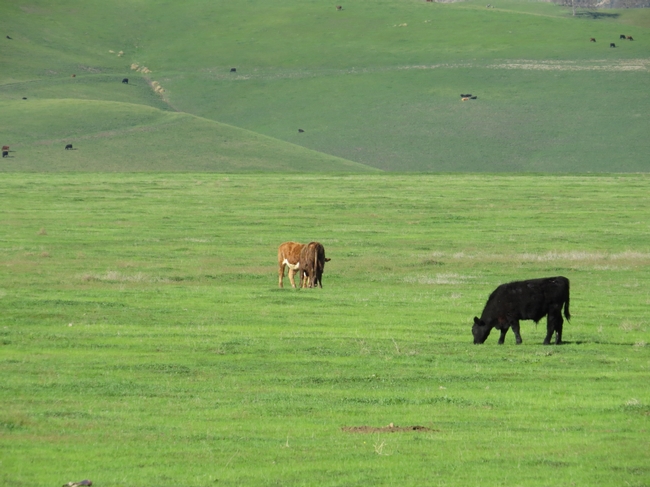
We will use rangeland cattle movements from state brand inspection data, data from the United States Department of Agriculture's (USDA) Agricultural Census, and County Crop Reports to estimate tons of forage (fuel) consumed by California livestock. We will combine these datasets and others to estimate if/how grazing influences how wildfire moves across the landscape. We expect that additional livestock grazing, especially at the wildland urban interface (WUI) could drastically reduce the speed and intensity of fire, providing firefighters far greater time to respond to wildfire. Results from our study will be available this summer.
Please feel free to contact me at drorao@ucanr.edu if you have questions about this project.
Author - San Benito County Director and Area Livestock and Natural Resources Advisor